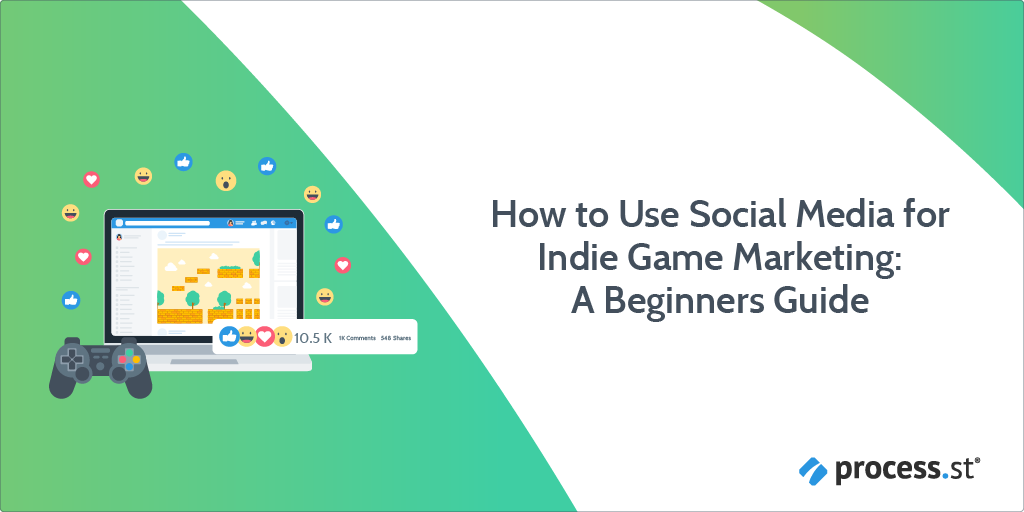
Travis Taborek is an SEO and content marketing specialist based in the San Francisco Bay Area. He’s a graduate of General Assembly’s digital marketing course, and has since written content and optimized websites for Wescover and TiVo. He also has a side-business doing PR and social media work for indie games and reviews indie games in his spare time. His most recent accomplishment was finishing Homestuck and thereby winning shelter-in-place.
Back in 2011, you might have been able to get away with uploading your indie game to Steam’s marketplace and expect a revenue of $30-50K in the first year, without any effort or marketing knowledge.
Hell, you might have even been able to get away with that as late as 2014. But these golden days for indie game developers are long gone.
Steam has made many changes to the way it promotes indie games and the current market is far more saturated. There are more game developers than ever and tools like Unity and Unreal have made game development more accessible than ever.
Just getting that final build finished and uploaded to your storefront of choice is no longer enough. To have a successful launch, whether you’re a solo dev or a small team, you have to understand how to market your game.
In principle, marketing your game is relatively straightforward; you just need to know where to start. If you understand who you’re making the game for (your audience) and how to talk about your game as a product (meaning: you’re able to communicate what your game offers and how that aligns to the expectations of your target audience), then you’ve already done most of the hard work. The rest is as simple as following a process.
Once you have this base knowledge, it’s just about taking your product to market and doing the legwork that’s involved with getting the word out and making sure you get eyes on the finished product.
This Process Street article takes a look at one strategy for marketing your indie game: social media marketing.
What is social media marketing?
It’s basically exactly what it sounds like: using social media to get your game in front of your target audience. The term ‘social media marketing’ is a bit vague and encompasses a bunch of different approaches; we’ll be looking at some of the different ways you can use social media to market your game in this article.
Social media marketing is great for connecting on an intimate level with your fans and building lasting communities around your game, from early development until launch, and beyond. When done properly, it can allow you to develop trusting relationships with your audience that will drive them to not just purchase one of your games, but every game you put out.
Here’s a high-level overview of what we’ll be looking at:
- The theory of social media marketing, and how it relates to indie games
- Social media best practices for indie games
- What platforms do I use, and how do I use them?
- A/B Testing and Analytics: How do you know whether what you’re doing is working?
- Social media management tools to use
- Additional marketing resources
Let’s get started beginning with the theory of social media marketing.
The theory of social media marketing, and how it relates to indie games
First off, take 15 minutes to watch this video:
This is Tim Ruswick, a game developer, founder of Game Dev Underground and an expert on the subject of indie game marketing.
The takeaway we want you to get from the video is this: the key to social media success, whether for games or any industry, is consistency. If you do what works over and over again, without fail, you’re bound to get results.
Remember, consistency is key.
Inbound marketing philosophy, the methodology that guides content marketing, stipulates that a business is defined by what it does, and exists to serve a purpose and fulfill a function. McDonalds makes hamburgers. Nike makes shoes. Russel Brunson sells potato guns and snake oil.
Think of it this way: no matter what McDonalds you walk into anywhere in the United States, you can order a quarter pounder at each one and it will be the exact same product. It will look the same. It will taste the same. It will smell the same.
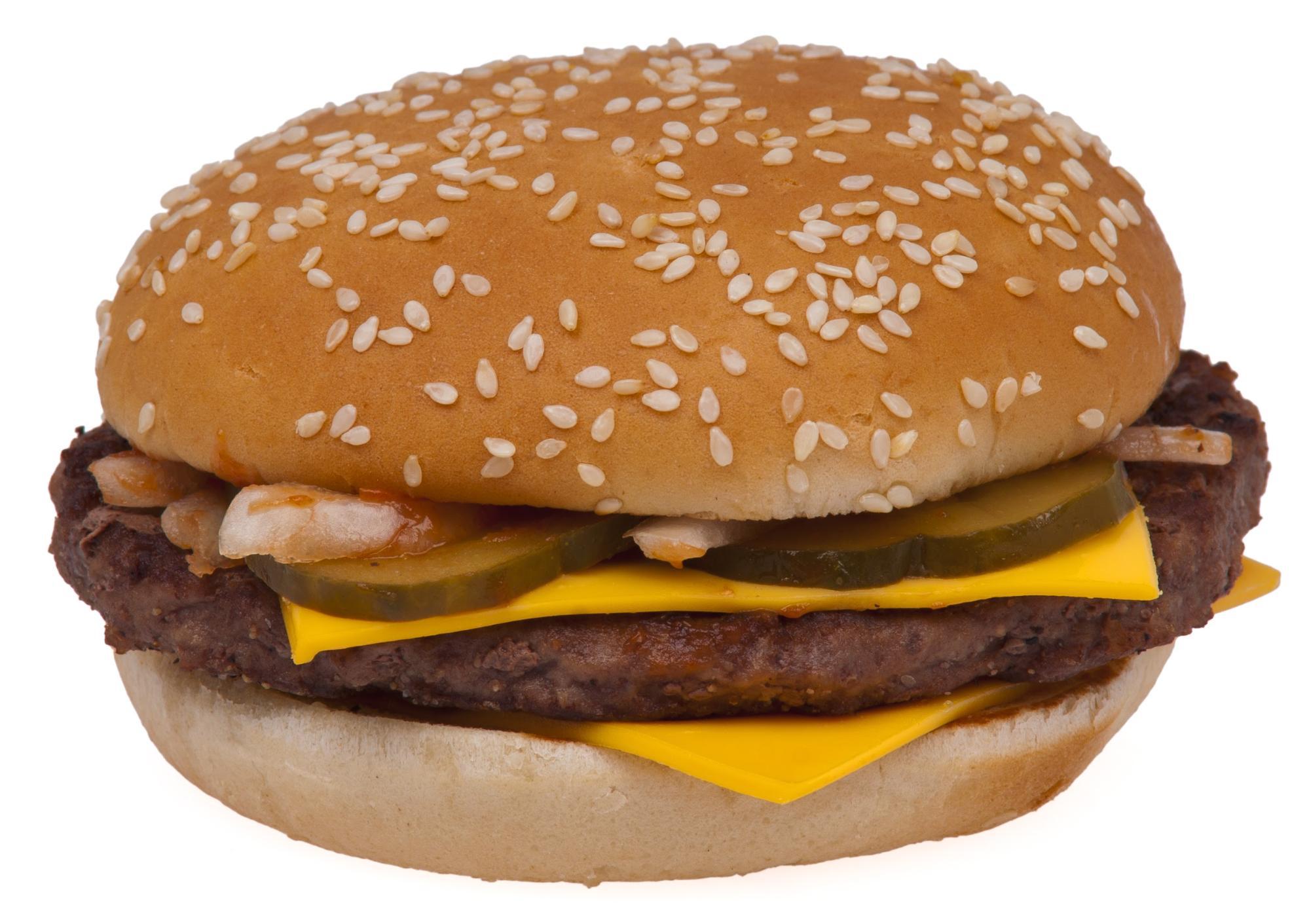
Your indie game should be the same way.
The purpose of your social media marketing should be to give your game a consistent presence that it maintains over time. You don’t do it with the expectation that your game is going to suddenly go viral, you do it for long term, sustainable growth.
Here’s another way of looking at it:
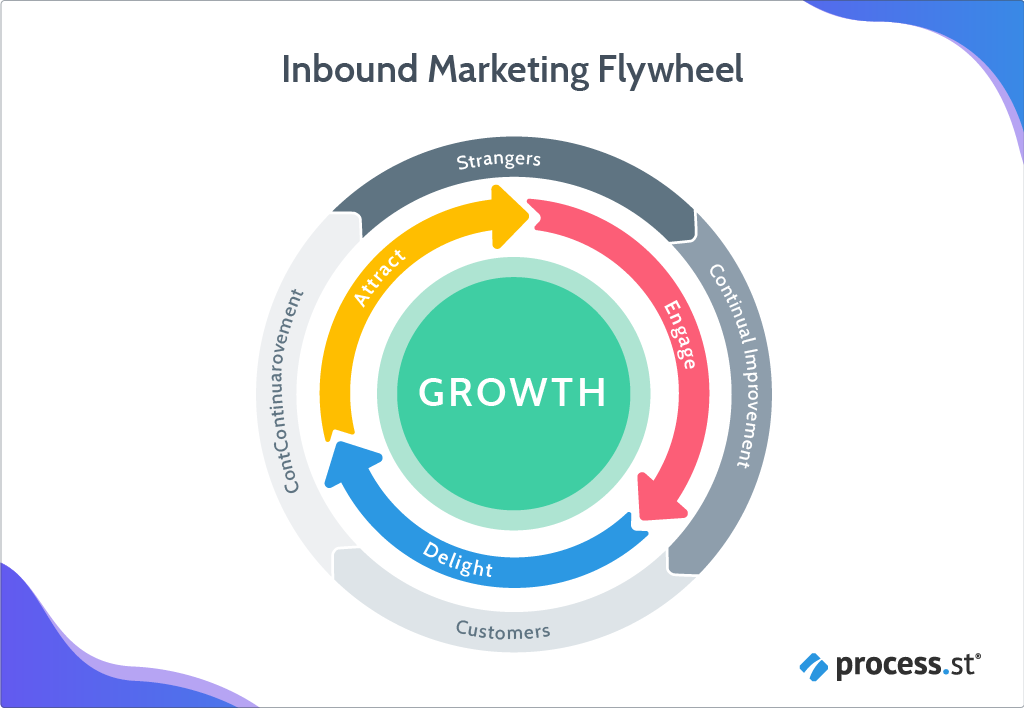
This is what’s known as an inbound marketing flywheel, as used by HubSpot. This, in its simplest form, is how you grow an online brand. You:
- Attract
- Engage
- Delight
Attract
Attract people’s attention. Don’t be desperate for it, but provide them content they’re interested in.
Engage
Engage with them when they find you. Don’t just push your game. Talk to them, on their own time and on their channel of preference.
Delight
Delight them by providing a good customer experience.
Use social media to build, not just to sell
The first and most important thing to keep in mind is this: social media needs to be social.
As a game programmer who likely relates to computers more than people, this can be an easy aspect to overlook.
The most common mistake that game devs make when first getting into social media marketing is thinking that if you just post your art, your videos, and your sales, people will automatically start flocking to you.
This is not the case. In order to get the wheels turning, you can’t just sell your own project, you need to interact with people.
You need to find people who like the same things you do – who play the same games, follow the same content creators, and use the same hashtags – and start conversations with them. Talk to them as if they’re real people, because that’s exactly what the person on the other end is.
It bears repeating: if you want it to work for you, social media needs to be social.
Here, read a book called The Zen of Social Media Marketing by Shama Hyder.
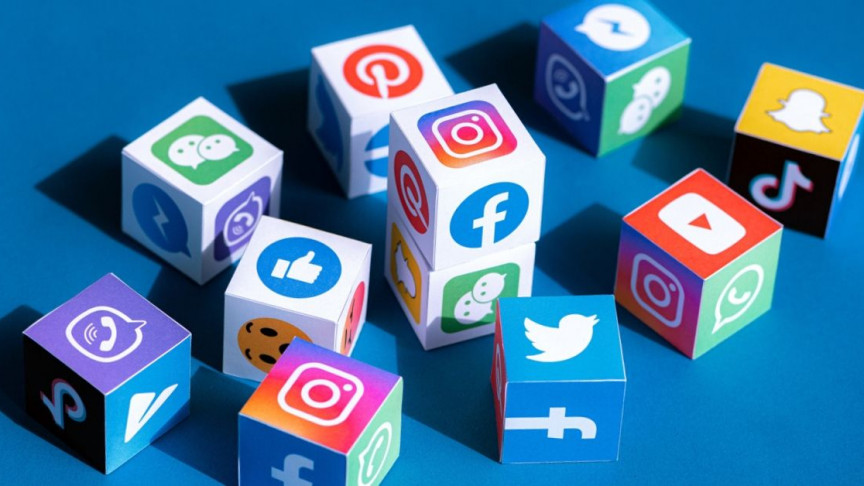
The author did a study while doing her MBA on why people use social media. Her hypothesis was that people are primarily drawn to social media to join communities – to find people with the same interests, hobbies and views and connect with them. As it turns out though, Shama concluded that people first use social media to enforce their own identity. Community was second.
Do that, and people will be attracted to your game.
You do this by giving them content they want.
Good content adds value
“That’s all well and good, but what makes for good content?” you may ask. That’s an excellent question.
This might help to answer that:
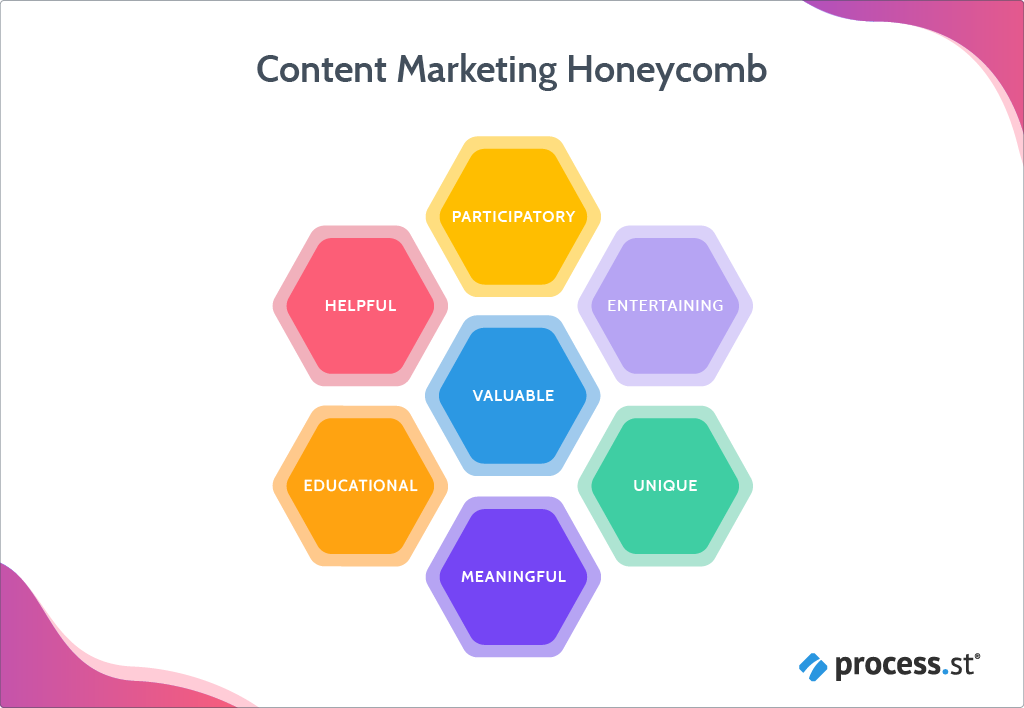
This is called a Content Marketing Honeycomb.
Generally speaking, content has one of six characteristics: educational, helpful, participatory, entertaining, unique, or meaningful. You should strive for at least two of those, ideally three.
Don’t just sell your game: The 70/20/10 Rule
If all you do on social media is post your art and your sales events, eventually people will begin to tune you out and ignore you, even if your posts are eye-catching, fun, or make for a fun competition.
There needs to be a balance. A solid rule of thumb is that 70% needs to be organic content, 20% should be curated content from other sources, and 10% should be promotional.
Here’s one way to think about it:
- 70%: Look at my new character design!
- 20%: Check out this cool article I found!
- 10%: Buy my game, it’s on sale now!
This is called the 70/20/10 rule, and it’s one of the theories behind content marketing.
You could say it’s like chemistry. You need a mixture of content in the right proportions to get things going.
Now for the good stuff: Social media best practices for indie games
With the textbook theories out of the way, we can get down to the nitty gritty practices. Here are a few rules of thumb to guide you:
- Post once a day, Monday through Friday, at the same time. You can even skip weekends.
- Create a list of 15-20 accounts per channel that are similar to yours. They can be other games in your niche or genre. Maybe they’re your favorite YouTubers and Twitch Streamers. Maybe they’re industry veterans you’ve always looked up to.
- Interact with those accounts once daily. Get their attention. Reply to their Tweets and retweet them. Comment on their work.
- Set aside an hour each day to find people who use the same hashtags you do. Do the same thing with them.
This is the most important thing you can do.
The first and foremost objective of social media isn’t to sell your product; it’s to build relationships. Relationships are what build trust. Trust is what makes people want to say nice things about you and (eventually) buy from you.
Do this and over time, slowly but surely, you will get a small trickle of followers every week and build an audience over time. It may take months or even years, but it will happen.
When to post: Days, times and events for indie game promotion
There are a few days, times, and month-long events that are often used for indie game promotion online.
The most recognized day for indie game promotion is #screenshotsaturday, used on both Twitter and Instagram. This is the important one.
Post whatever you’re working on every Saturday, and use the #screenshotsaturday hashtag so people find you. Remember to comment on other people’s #screenshotsaturday posts as well!
Another popular one is #indiedevhour. IndieDevHour takes place every Wednesday at 7pm U.K. time. Post every Wednesday at whenever 7pm U.K. time is local to you, and use the #indiedevhour hashtag.
Finally, there’s #Devtober, which takes place every October. This is one you’d especially want to know.
Devtober is an annual event first hosted by Twitter user and game developer @ThisIsEllian. It’s a month-long game jam that developers use to challenge themselves and support each other’s work. An explanation of the rules can be found here on itch.io.
When I was the PR and Social Media Coordinator for Wayward Terran Frontier: Zero Falls, one of the first things we started doing was start doing #Devtober posts. We posted GIFs like this one, Monday-through-Friday every day during October.
As a result, we immediately started seeing follower growth, inbound traffic to the Wayward Terran Frontier: Zero Falls Steam store page went up by 142%, and we even got shoutouts from industry veterans from companies like Wargaming Sydney.
Consistency is key: Use a checklist to stay on track
It can easily become difficult to properly and consistently manage all of your recurring social media marketing tasks. Though it may seem overly simple, using checklists to complete recurring tasks can make being consistent on social media a breeze.
For example, you can use checklists for when to post on social media, doing routine marketing tasks, keeping track of outreach and marketing campaigns, etc. Even as a game developer, you’ll be able to benefit from using checklists to plan sprints and stay on top of your workload.
Here are some social media marketing checklists we’ve built:
- Buffers Social Media Etiquette Checklist
- Social Listening Strategy Process Checklist
- Social Media Image Design
- Social Media Influencer Outreach Checklist
- Social Media SLA Management Checklist Template
- Social Media SLA Metric Tracking Process Template
What platforms do I use, and how do I use them?
The shortest answer is that it depends on how you best express yourself.
If you’re better with photos and video, your best bet is probably Instagram and Imgur. If you’re more of a words person – Facebook and Twitter is probably the way to go.
Most gamedev related content happens in the Twittersphere, with Reddit and (increasingly) Instagram following close behind. Each channel has their own strengths, best practices, and kinds of content that generally work best.
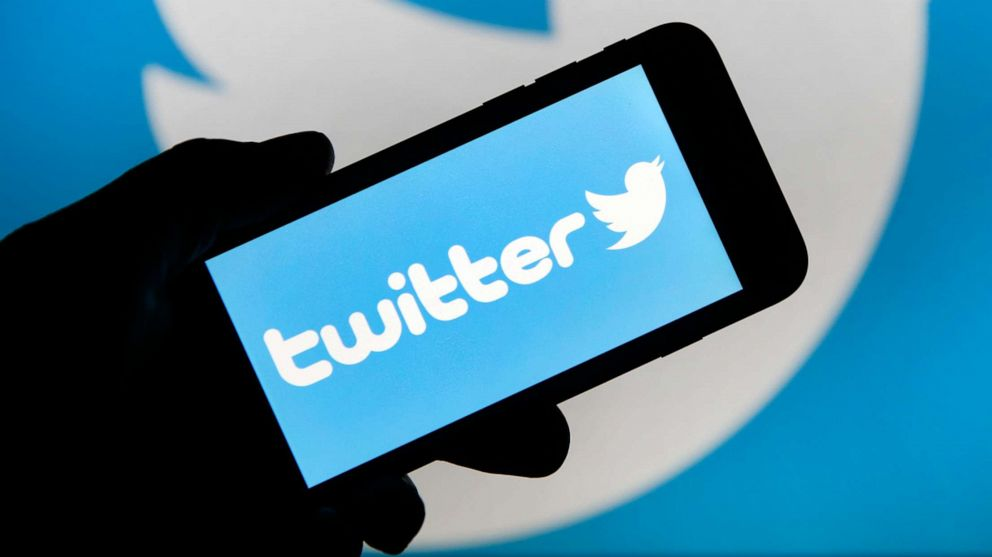
Take Twitter for example.
Twitter works like an RSS feed for trending topics. The topics can change from moment to moment and both the content on the platform and the algorithm itself reflect that.
Because of this, Twitter works best by giving it little, bite-sized pieces of information several times a day. Generally, this means one organic post and two retweets as a minimum, each with a comment. The Twitter game is about volume.
Don’t just retweet anything though. Before you share a post or any piece of content, ask yourself these questions:
- Why would my audience want to see this?
- How does this relate to their interests and needs?
- Is it a blog article about my game’s genre?
- Is it a piece of news that relates to a game that influenced my own?
Games that use Twitter really effectively include Potionomics, A Juggler’s Tale, and Mongrel. You should check them out and spend some time figuring out how they became popular and built their audience.
If you’re interested in learning more about how they exploded, you can also check out my article on them on Three Indie Games You Should Follow on Twitter.
As far as the indie gaming space is concerned, Twitter generally is fond of GIFs. Try to make some GIFs that cover your core gameplay loop and tell you everything you need to know about your game in five seconds seconds, and see how people react to it.
If you’d like to learn more about how to use GIFs to your advantage, I also highly recommend you check out this Game Developer’s Conference video on Making Games that Stand Out and Survive by the CEO of Monomi Park, the creators of Slime Rancher. To put it in his words: “sell it with a GIF”.
Discord
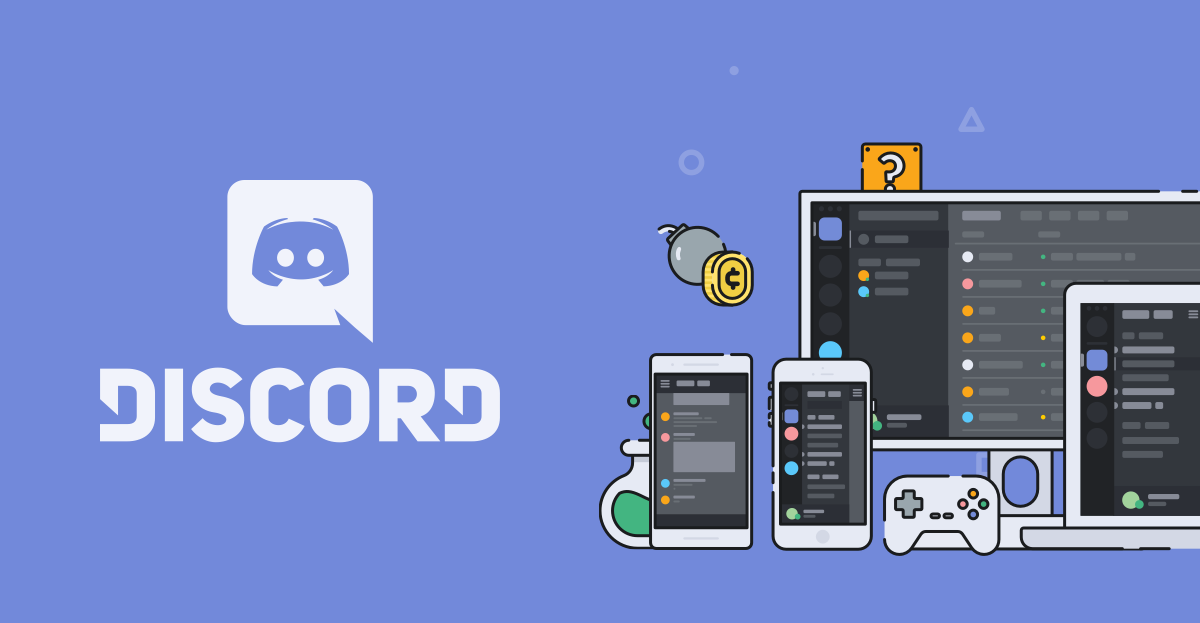
Discord has become an invaluable resource for marketing indie games in recent years. It’s an app that’s great for building small, niche communities where you’re able to interact with fans on a 1-to-1 basis.
Developing and maintaining a small community of devoted fans is a great idea for indie game developers, because it helps build trust and close relationships that will, in turn, become your loyal, repeat customers.
On Discord, you’ll mainly communicate through text discussion, so it’s best that you’re as present as you can be on your server to keep your audience engaged, and feel as though they’re building a more intimate relationship with you. You’ll also have the ability to communicate through voice chat, where you can host large group chats for things like Q&As, live streaming (when combined with platforms like Youtube or Twitch), or anything else you can think of. It offers a more raw form of communication.
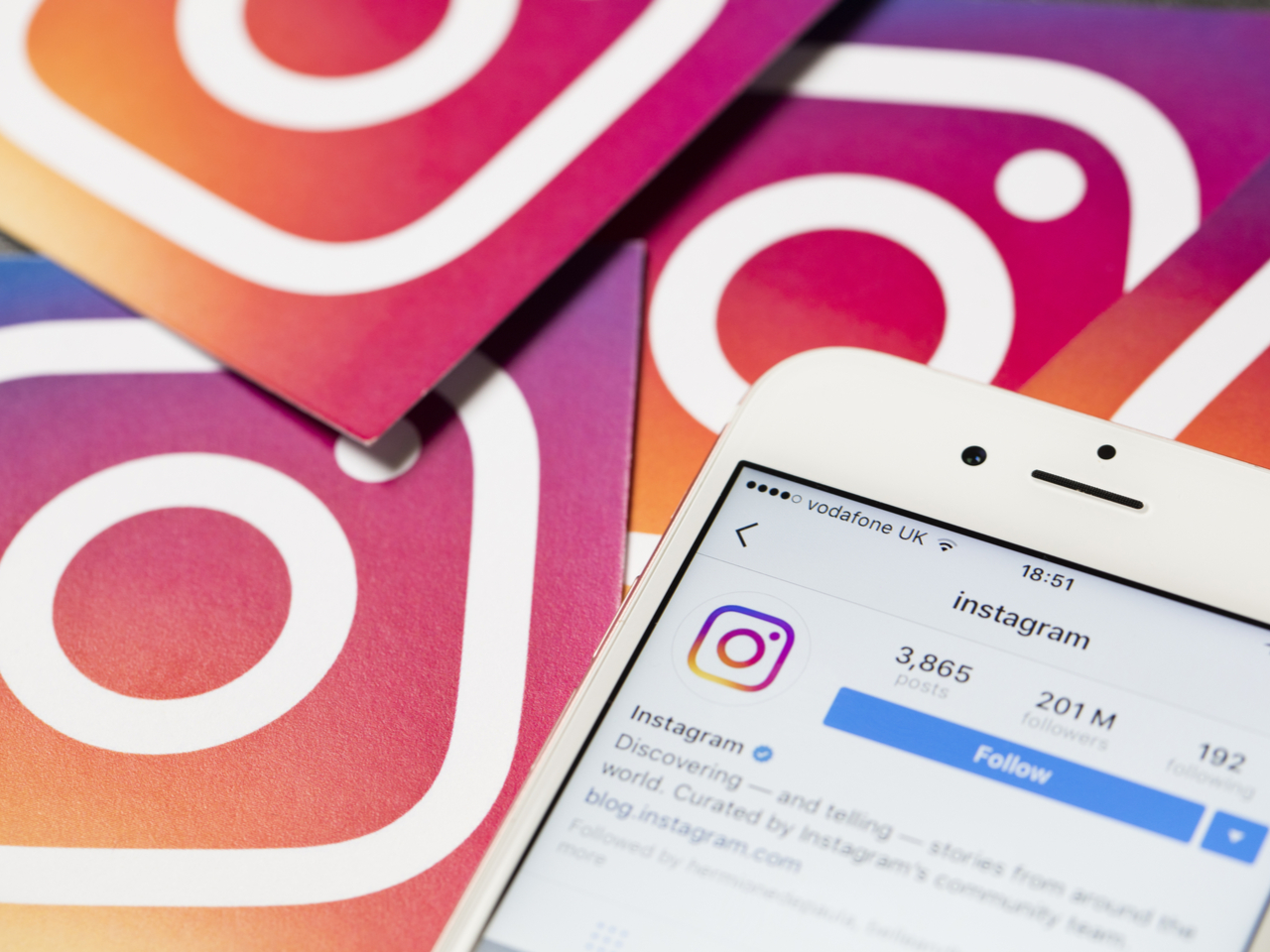
Instagram, meanwhile, is all about the visuals. Bright colors. Light-colored photos. Video in particular works really well.
The algorithm works on the following principle: “see what content people like and engage with, then show them more of that”
It’s also a feature-rich platform that has a lot of ways you can use it: stories, stickers, IGTV, live videos, etc.
Instagram rewards you if you use these. Use them whenever and wherever they make sense.
You could also host weekly IGTV videos where you talk about your game’s progress, and let people know when you post there
Instagram’s Stories feature is how you bring people back to your profile. Elise Darma has a program called Story Vault that shows you how to use this feature to its maximum potential.
Plus she’s just generally nice to talk to and answers her DM’s. Shoot her one sometime and ask her some questions.
Also, and I can’t stress this enough: if you choose to try using Instagram, get a business account!
This is because having a business account gives you access to analytics that a personal account doesn’t. We’ll get more into analytics later.
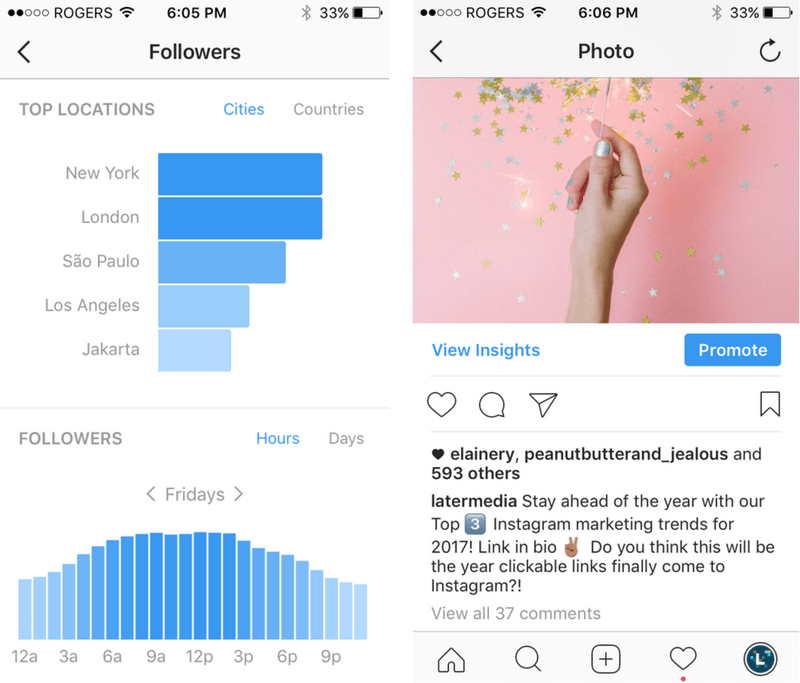
This is what Instagram analytics look like. This is how you can tell whether what you’re posting there is effective.
Examples of games that use Instagram really well include Rose & Locket by New Zealand-based studio Whistling Wizards, MindSeize, and Guinea Pig Parkour.
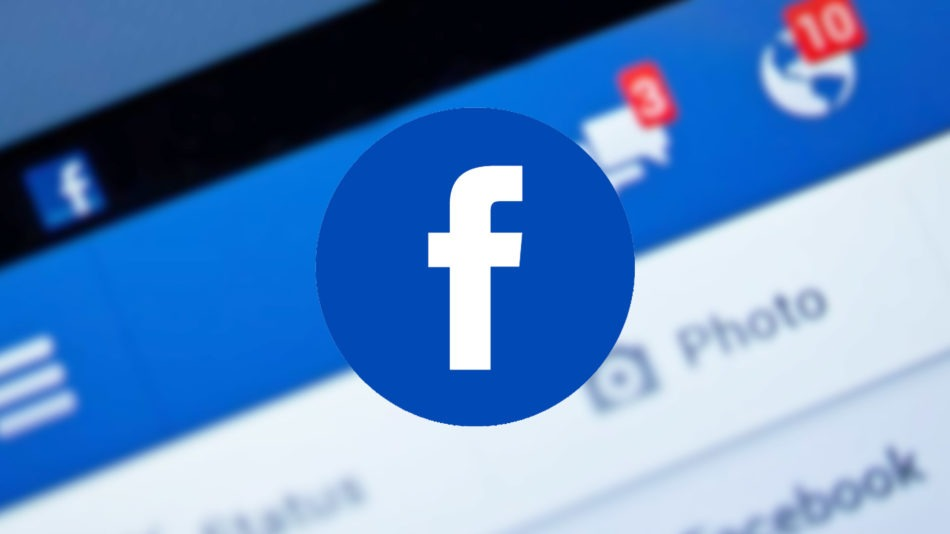
Where Facebook is concerned, it’s all about the groups.
However, it’s worth noting that Facebook is being seen more and more as a dead platform in recent years. Our recommendation is that you make a Facebook business page for your game, but only because it’s necessary for you to have a business IG account, which you might want.
However, a fair amount of stuff is still happening in FB groups: the tight-knit communities where people with similar interests discuss a topic.
You would do well to join groups like this, interact with other people’s posts, and share your own from time to time. Incidentally, this is how I found my first game developer client.
Find Facebook groups that are relevant to your game’s specific genre, interact with their content, and post your own game’s updates there from time to time.
Here are a few Facebook groups specifically for indie game developers:
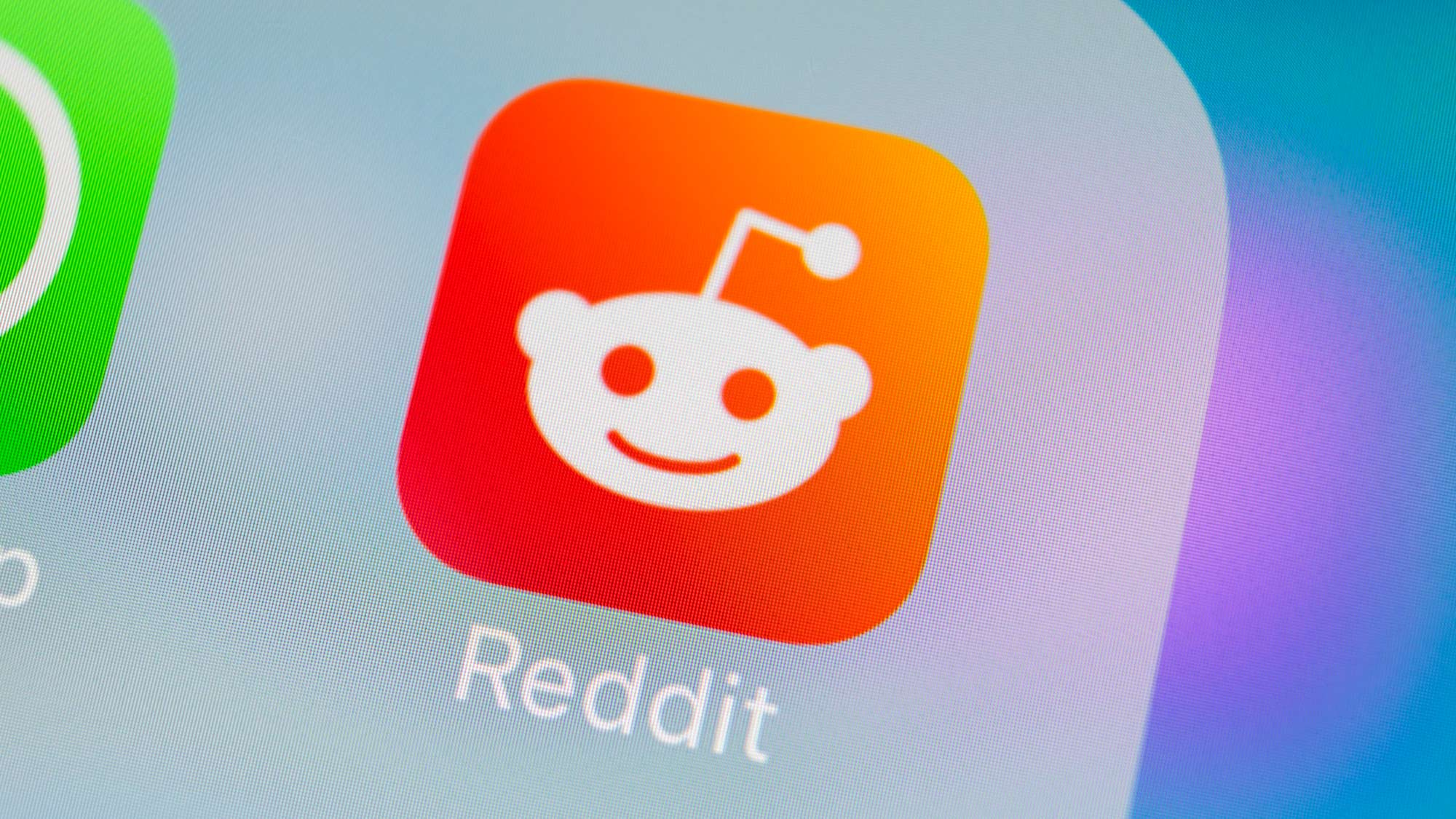
Reddit is a bit of an odd beast.
The self-styled front page of the internet technically falls under the category of a social media platform, but functionally, it works more like an online forum from the early days of the internet.
That means that the best way to make it work for you is to be a part of its community.
Here are some subreddits related to indie gaming and game development:
Each has their own set of rules. Moderators will wield the almighty ban hammer against anyone who doesn’t abide by them ruthlessly and remorselessly. So make sure you follow them.
Which platforms to use – Conclusion
Generally speaking, the platforms you experiment with are largely dependent on what you’re most comfortable with, as well as, where your ideal audience is most likely to be.
Set aside just an hour each day on your platform(s) of choice, put on some nice music, brew a cup of tea, and talk to people on the platform. Ask them questions. Ask for feedback on your game.
A/B Testing and Analytics: How do you know whether what you’re doing is working?
There are a number of measurements, or analytics, you want to pay attention to when you’re gauging how many people are seeing your posts, interacting with them, and then going on to buy or wishlist your game.
In marketing, the analytics that you determine are most important to your success are called key performance indicators, or KPIs.
Here are the most important ones you need to keep in mind:
- Reach: How many individual people see a post.
- Impressions: How many times your post is seen.
- Click-through-rate: The number of clicks divided by the number of impressions.
- Engagement rate: The number of times someone interacts with your posts, divided by the number of impressions. An engagement means a like, share, comment, retweet or repost.
- Conversions: The number of times someone who interacts with your content does the end desired action. In your case, this means either buying or wishlisting your game.
- Conversion rate: The number of conversions divided by the number of clicks.
What you want to do is continually optimize your social media calendar through an iterative process where you compare the effectiveness of different kinds of content based on the above analytics.
Let’s say for two weeks, you post WIP screenshots on your Twitter account. The next two weeks you post just GIFs.
Ask yourself: “Which one gets more clicks? Which one drove more people to your store page? Which one gets retweeted the most times?”
Which content works best, A or B? Screenshots or GIFs?
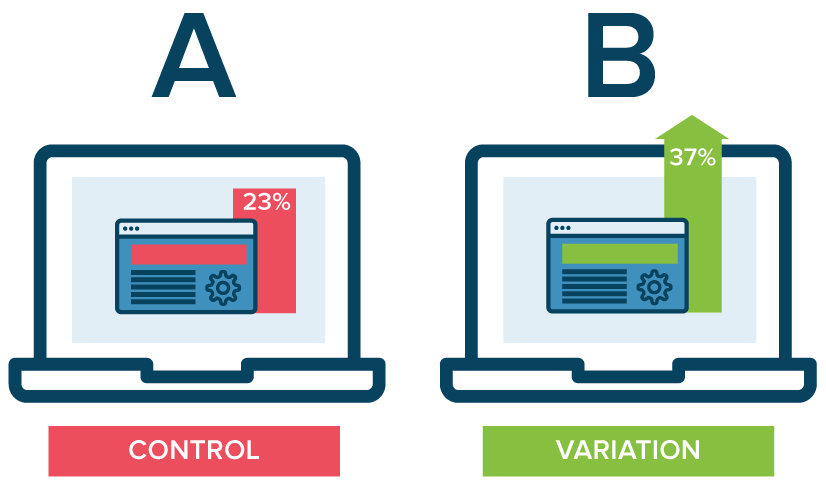
Use whatever wins the experiment, the most clicks/shares/conversions/follower growth, then try a new experiment with a different kind of content.
This is a process called A/B testing. The thinking behind it, called conversion optimization, is the thinking that guides marketing.
Social media management tools to use
“Are you crazy?! I don’t have time to do all of this! I’m a busy game developer!”
Right you are. Social media marketing is time-consuming and can easily turn into a grueling process unless you have a way of streamlining it, which is why you need to make it easier on yourself with effective workflow management and software.
How? You use social media management tools to automate your social media calendar: to make posts on your behalf so that you don’t have to.
Some industry favorites are Later, Process Street, Hootsuite, and Tweetdeck.
Later
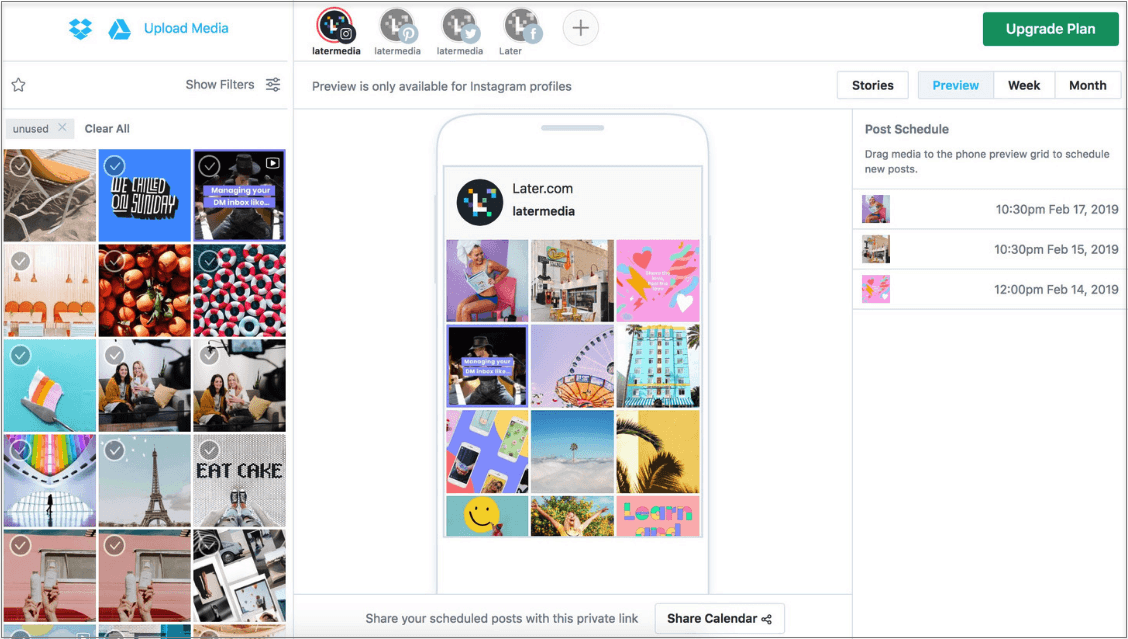
Later is what you want if you’re planning on using an Instagram strategy. It also has useful analytics reporting as well as a hashtag research tool.
It allows you to plan your instagram posts weeks in advance and offers things like:
- Visual Content Calendar – An intuitive calendar interface that allows you to quickly get started planning your feed.
- Drag & Drop – This allows you to preview your planned feed before it’s been published.
- Schedule Automatically to Instagram – Set your posts to automatically publish without a need for confirmation ahead of time, so your posts are not set back from missed notifications.
Be warned however that it’s an image-first platform.
Process Street
Before moving forward, watch this quick introduction video to get you started with Process Street:
As an indie game developer, marketing can feel like a nightmare that you might not even know how to begin thinking about.
Well, the good news is that it doesn’t have to be so difficult. At the end of the day, the key to a successful marketing strategy comes down to a single process that you only have to figure out once; and then it’s as simple as following a checklist every time after that.
Of course, you’ll need to make sure that your strategy actually works beforehand, but the core of that statement still holds truth.
What’s more, you don’t even have to waste energy coming up with this kind of process from scratch, because people have already figured it out and recorded the process for you.
Here’s one of those processes in the form of Process Street’s Social Media Manager Daily Checklist:
Here are some other social media marketing checklists we have:
- Buffers Social Media Etiquette Checklist
- Social Listening Strategy Process Checklist
- Social Media Image Design
- Social Media Influencer Outreach Checklist
- Social Media SLA Management Checklist Template
- Social Media SLA Metric Tracking Process Template
These checklists make use of the following features:
- Stop tasks to enforce process adherence
- Dynamic due dates to make sure all deadlines are met
- Conditional logic to offer more realistic and variable outcomes
- Role assignments to make collaboration easier
- Approvals to make sure your work is OK’d by decision-makers
These features are what take our checklists beyond the simple to-do list and make them truly dynamic and powerful social media marketing checklists.
Hootsuite
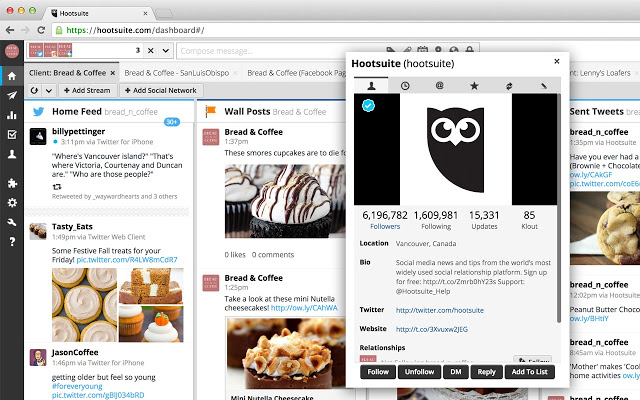
Hootsuite is a good multi-purpose tool that has some great features like URL shorteners, but it’s a bit expensive for game developers on a budget. .
Hootsuite offers features such as:
- Social media scheduling
- Social media monitoring
- Social media analytics
- Team collaboration
- Customer service
- App sync and extensions
It’s what I used for my first client, Wayward Terran Frontier: Zero Falls
Tweetdeck
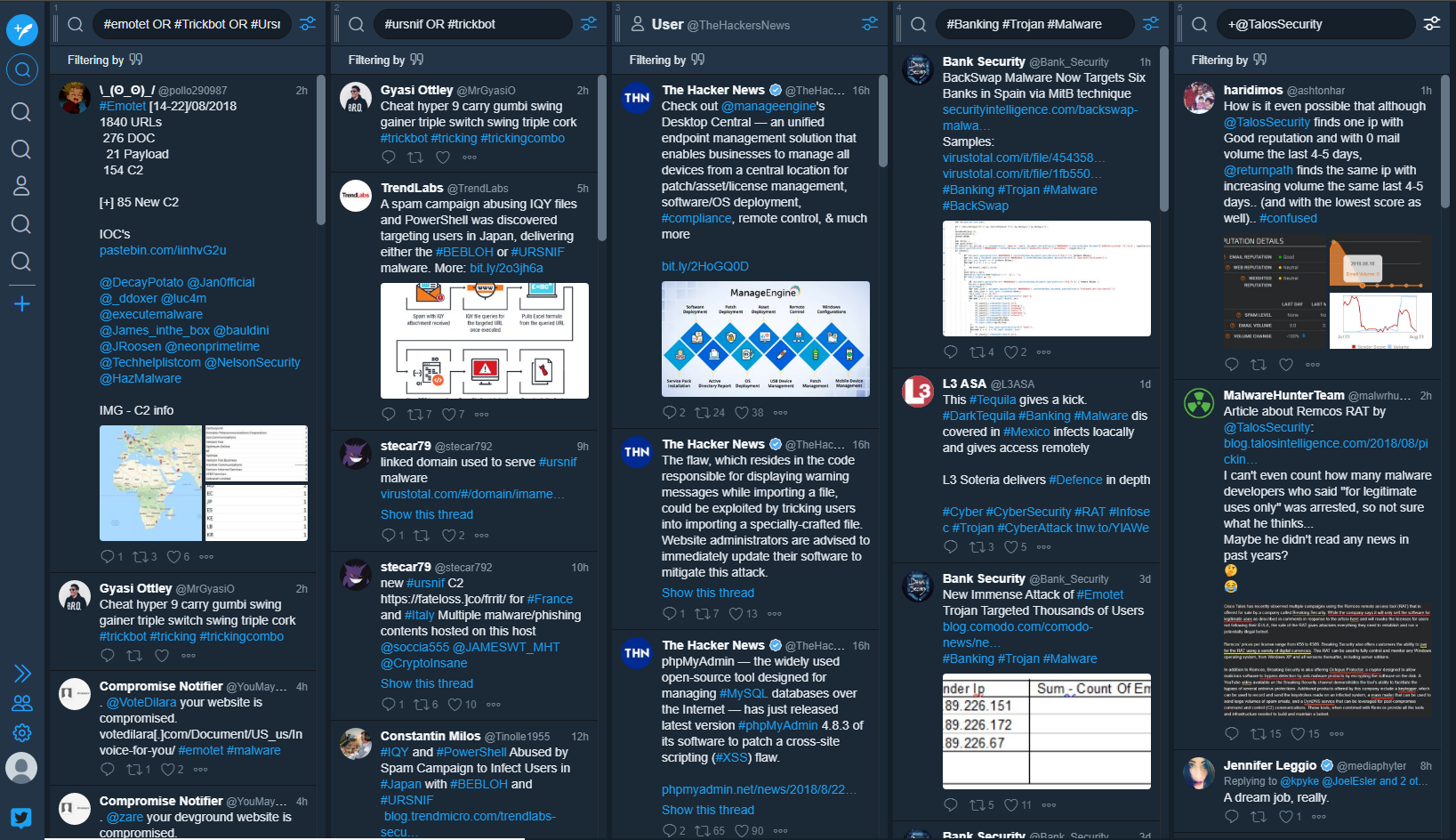
Tweetdeck comes free with Twitter and is good for management, but doesn’t have analytics.
Most of them have free trials. Try them each, play around with the features and layout, and see which one you’re most comfortable with.
As a best practice, you want to plan content out at least two weeks in advance. Ideally, it’s more like a month.
Productivity apps, like Evernote, have a social media calendar to help you keep track of what you’re posting when and on what channel. So does HubSpot.
Make some GIFs and screenshots, caption each, give each an appropriate amount of hashtags, then set and forget. Then, go onto the business of doing what you do best: making a game that people enjoy.
Those are all the details. Really, the best way you can use social media as a game developer is to experiment, get creative, be nice to people and just have fun!
Remember this above all: at the end of the day, your game is the product of an online business. If you want it to be successful, then you need to treat it like that.
Additional marketing resources
Here are some additional articles we’ve written on the subject of social media marketing that you might find useful:
- Social Media Marketing Automation: Top 5 Tools and 7 Free Checklists
- Mobile App Marketing: How to Successfully Build & Execute Your Strategy
- How to Build a Unified Marketing and Customer Service Strategy
- Marketing Events: Our ToolKit on How to Measure Your Events Success
- Instagram Marketing Tips for Business: How to Get More Email List Subscribers
- Boost Site Traffic with a 4-Step Content Marketing Framework
- 3 Ways to Repurpose Instagram Content for Your Email Marketing
- Building an All-powerful Influencer Marketing Strategy
- My 5 Favorite Hacks from the Duct Tape Marketing System
- 7 Reasons Why Social Selling Is A Must For Every Salesperson
- The Ultimate Guide to Instagram Marketing
- I Took My First Marketing Course – Here Are My Thoughts on the Duct Tape Marketing System
- Marketing Process Toolkit: 10 Checklists to Crush Your Competition
- Machine Learning Marketing Uses: How to Enhance Analytics and Win Jeopardy
- Best Marketing Automation Software: 10 Tools to Autopilot Marketing Emails
- The 31 Best Marketing Books to Understand and Reach Your Customers
And some more process management & productivity resources:
- What is BPM Software? The Best Business Process Management Software (BPMS)
- Business Process Management Software for Streamlined Operations
- Remote Work Software for Teams Everywhere
- 9 Benefits of Business Process Management (BPM) and Why You’ll Love It
- Prioritization Matrix 101: What, How & Why? (Free Template)
- Breakdown of the Best Workflow Management Softwarev
- Every To Do List Template You Need (The 21 Best Templates)
- 8 Remote Team Tools for Powerful Collaboration and Productivity
- Product Launch Checklist
- The Best Remote Team Tools for Collaboration and Productivity
- 10 Technology Tools Every Small Business Should Know
- Daily Routine Checklist
- 36 Workflow Apps to Save You From Data Entry Hell
- How to Boost Your Productivity in 3 Effective Ways
Don’t forget, you can sign up for a free Process Street account today!
Have you used social media to market your indie game? Do you use any digital tools to manage your social media marketing? Let us know in the comments below. We’d love to hear from you!








Oliver Peterson
Oliver Peterson is a content writer for Process Street with an interest in systems and processes, attempting to use them as tools for taking apart problems and gaining insight into building robust, lasting solutions.